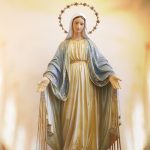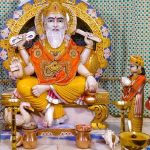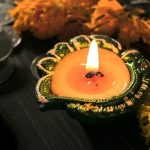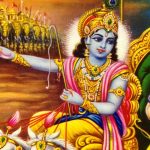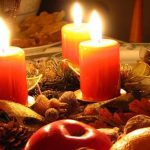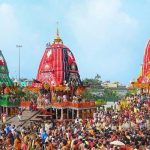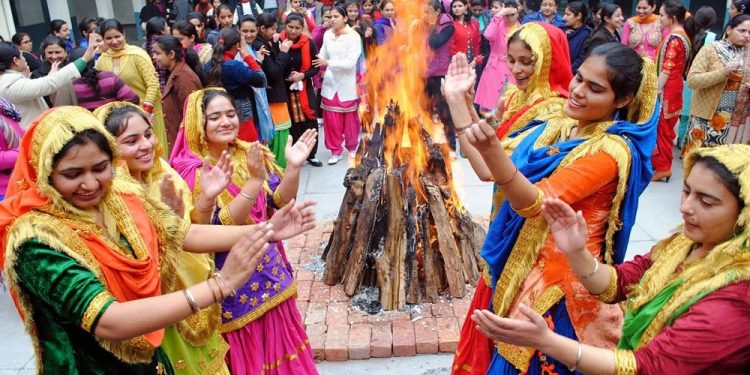
Maghi – Lohri
Maghi – Lohri is actually a combination of the Maghi Hindu festival celebrated in Punjab and Himachal Pradesh, and the Lohri folk festival celebrated in Northern India. Maghi begins on the first day of the month of Magh in the Hindu calendar and comes after Lohri.
The combination of these two events creates a festive atmosphere highlighted by bonfires, eating sweet dishes such as kheer, and, following these events, ritual bathing in ponds or rivers. In different cultures, this holiday festival is observed for various reasons. For some parts of Himachal Pradesh, this festival is dedicated to the worship of Agni Devta. In Sikhism, it is a time for people to commemorate the sacrifice of the forty Sikhs who fought for Guru Gobind Singh Ji.
The Significance of Lohri in Northern India
Even though no one really knows the origins of this holiday, there are historical mentions of it during the 19th century by European visitors to India. Although these accounts tell us that the festival was celebrated even back then, they do not reveal where the holiday originated. To ascertain that fact, we have to look to Indian folklore.
According to folklore, Lohri was celebrated at the end of the traditional month when the winter solstice occurs. It is a way to celebrate the days getting longer and commemorates the passage of the winter solstice. Because it is linked to the Vikrami calendar, it is observed the day before the festival of Maghi is celebrated.
Observing Maghi – Lohri
Lohri is celebrated with a wide variety of events, the first being the lighting of bonfires. All across India — particularly in the Punjab region — bonfires are lit in fields and backyards. This is followed by gatherings where people enjoy holiday foods, dance, and collect gifts. It is also a time when people wear bright clothing, sing celebratory songs, and perform special holiday rituals.
The lighting of bonfires is a tradition that dates back to ancient times. It started as a way for ancient peoples to influence the seasons by reigniting the longer days of spring. After the bonfire, food holds the next most importance during these celebrations. Gurh and gachak, two foods made with sugarcane, are extremely popular, as are the nuts harvested in January. Other popular foods enjoyed include radishes, mustard greens, jaggery, sesame seeds, and puffed rice.
Maghi is celebrated by eating dishes such as Rauh di Kheer, a dish where rice is prepared and cooked in sugarcane juice. The dish is prepared on Lohri and then kept cool. It is served cold on the morning of Maghi and served with red-chili curd. It is also customary for Hindus to take baths in the Ganges, or if that is not feasible, then in ponds, canals, rivers, or streams. Finally, many people spend the day cleaning their homes in preparation for spring, much like spring cleaning in the West.
